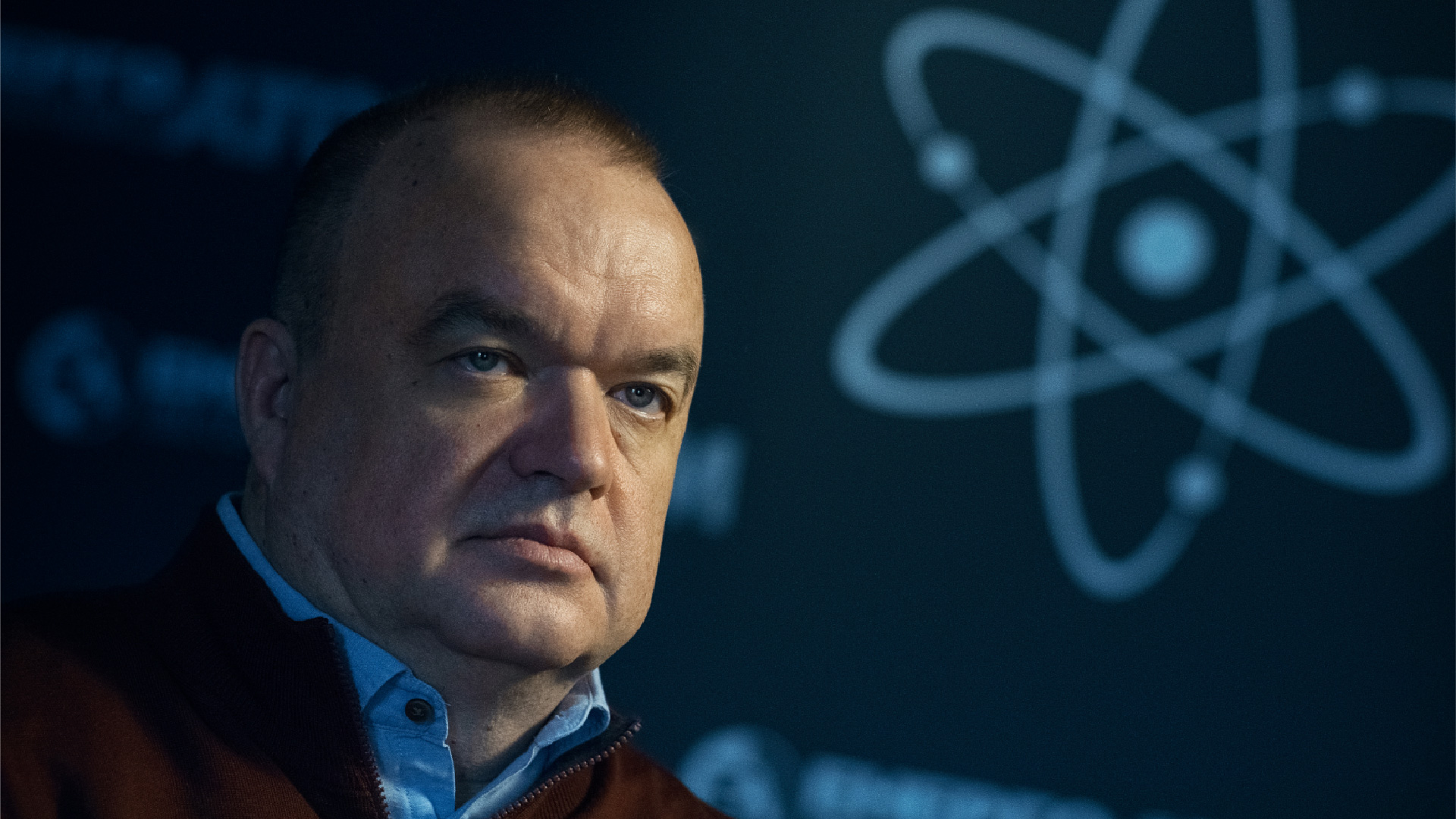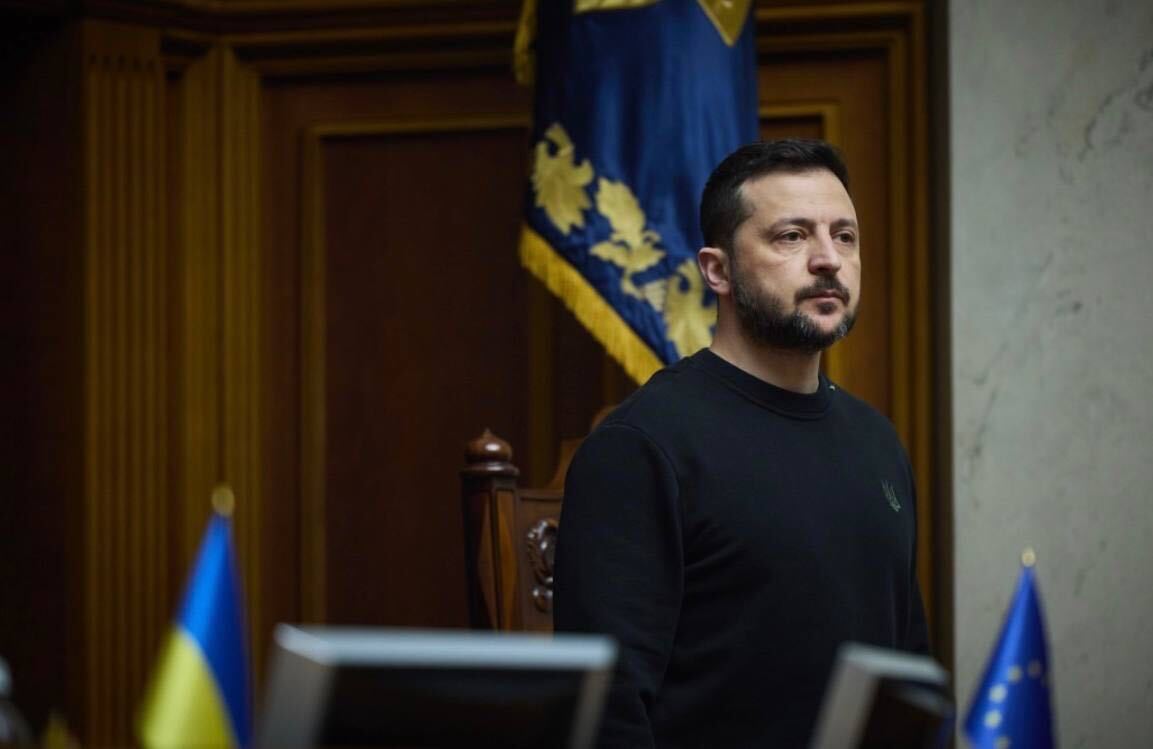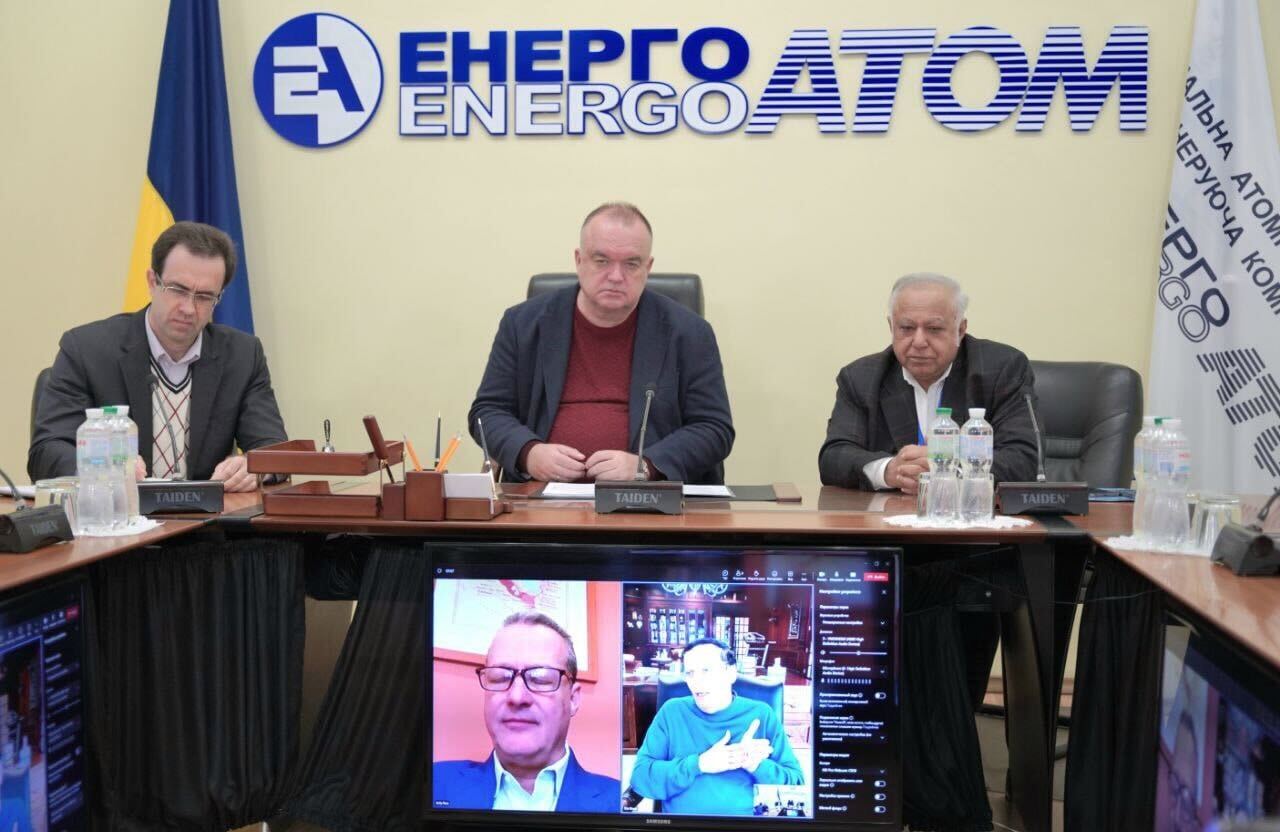19.09.2024
Today, the world is returning to nuclear energy. And Ukraine can be at the forefront

"The Ukrainian Review" about the development of Ukrainian nuclear power industry
JSC “NAEK Energoatom” is developing and implementing large-scale infrastructure projects in the field of nuclear energy together with leading European and American companies. Currently, the need for a reliable source of electricity outweighs the risks of war. New technologies and modern production can provide the economy and population with cheap and clean energy, as well as create a hub for EU nuclear energy in Ukraine.
On December 17, 2023, Energoatom and the American Westinghouse Electric Company signed an agreement to procure equipment for power unit No. 5 of the Khmelnytskyi NPP
Westinghouse Electric Company is an American company specialising in developing and supplying nuclear technologies, equipment, and services for nuclear power plants.
The project to build the first power unit in Ukraine equipped with a nuclear reactor using American technology AP1000 began in April 2024. In the presence of the Minister of Energy of Ukraine, Herman Halushchenko, and the U.S. Ambassador to Ukraine, Bridget Brink, we laid the symbolic first cubic meter of concrete for power unit No. 5 of the Khmelnytskyi NPP.
The uniqueness of the AP1000 reactor technology lies in its efficiency and safety as a next-generation “III+” reactor with a nominal capacity of 1100 MW. More importantly, unlike WWER-type ( water-water energetic reactor – ed.) reactors, it is manoeuvrable (can quickly increase or decrease electricity generation depending on current consumer needs).
Overall, joint projects between Energoatom and Westinghouse include constructing 9 new nuclear power plant units using AP1000 technology, the creation of a technological complex for the production of heat sink assembly (HSA) – nuclear fuel, and supplying all nuclear power plants in Ukraine.
The technologies we will develop with international partners will drive Russia out of the European nuclear energy market. Due to Russia’s aggression against Ukraine, European “peaceful atom” countries are consciously abandoning Russian nuclear fuel (from Russian TVEL in favour of Westinghouse fuel) and Russian nuclear technologies.
In the face of constant attacks on critical infrastructure and the brutal armed occupation of the Zaporizhzhia NPP by Russians, our country needs more energy capacity. The main focus is on nuclear energy.
The construction of power units using AP1000 technology is one of the largest infrastructure projects in Ukraine’s history, with a cost exceeding $10 billion. It is expected that the active phase of the project will take place during the post-war reconstruction. Over 9,000 jobs will be created during the construction phase alone. We expect related industries to receive numerous orders and gain significant momentum for further development.
Russian aggressive war against Ukraine has intensified the issue of diversifying nuclear fuel supplies for nuclear energy countries
Ukraine had an inherited dependence on Russia in the nuclear sector, as WWER-440 and WWER-1000 reactors were built during the Soviet era. However, Energoatom and Westinghouse initiated the process of eliminating Russia from the nuclear fuel market, and it has been more than successful.
We have set a clear and irreversible course towards the complete abandonment of nuclear fuel supplies from the aggressor country. Since 2020, we have made no purchases. Thus, the first step towards eliminating dependence was taken several years before 2022.
By the time of the full-scale invasion, Russia’s budget had already lost revenue from nuclear fuel supplies. While work on diversifying energy sources for megawatt-class blocks had been ongoing for a long time and American HSA for WWER-1000 reactors was already being used at Ukrainian NPPs, the development of HSA for WWER-440 reactors became revolutionary and breakthrough.
A contract for the supply of fuel assemblies for WWER-440 reactors was signed in September 2020 in the presence of Ukrainian President Volodymyr Zelenskyy.
The production of nuclear fuel was planned for 2024, but Russia’s full-scale invasion of Ukraine accelerated this process by a year and a half. In September 2023, HSA produced by Westinghouse, with the participation of Energoatom specialists, was successfully loaded into a WWER-440 reactor at the Rivne NPP.
This sent a powerful signal to Eastern European countries, where almost two dozen Soviet- and Russian-designed reactors are currently operating. Thus, Ukraine became the world’s first country to transfer WWER-1000 and WWER-440 reactors to American Westinghouse nuclear fuel.
The project with Holtec International could help Ukraine become a nuclear technology hub with the most advanced nuclear engineering, scientific, and technological support
In the spring of 2024, Energoatom and Holtec International signed a general agreement on the transfer of technology to Ukraine to produce components for small modular reactors (SMRs). Additionally, the agreement provides for the localisation of production in Ukraine of components for spent fuel storage facilities, which are currently manufactured in the United States.
According to the agreement with Holtec International, we will jointly work on the creation of a plant in Ukraine for the production of equipment for SMRs, including reactor vessel. This enterprise will not only enable the construction of about 3000 MW of small modular reactor capacity in Ukraine but also serve as a hub for exporting this technology to other countries.
The implementation of this project will be of colossal importance for the post-war reconstruction of our country and significantly strengthen the competitiveness of the Ukrainian nuclear industry.
In the conditions of Russia’s full-scale aggression, Energoatom continues to develop promising projects in nuclear energy
Of course, Russia opposes this. The aggressor country understands that nuclear energy is Ukraine’s last bastion of energy resilience, the only reliable source of base generation for the population and industry, so they actively attack it on the information front. If not with missiles, then with disinformation, they attempt to erode trust in government and energy sector decisions.
Our enemy is insidious, with no safeguards or red lines when distorting reality, so we must learn to respond promptly to cyberattacks and disinformation, counter manipulation and fakes effectively, and build a strong defence line on this front.
Despite martial law in the country, our Company’s strategic goal is to develop Ukraine’s nuclear energy by constructing new power units using American technology and completing existing ones at the Khmelnytskyi NPP.
To clarify: no funds from the state budget will be used to finance Energoatom’s projects. Their implementation will not hinder the creation of distributed generation in Ukraine or projects for renewable energy sources, nor will it divert resources from these efforts.
Ukrainian nuclear energy as part of global decarbonisation policy
At the international conference “Powering Tomorrow, Inspiring Today: Nuclear Energy 2.0” in Brussels, European Commission Executive Vice President Maroš Šefčovič spoke about the need for EU participation in supporting and financing nuclear projects.
Currently, 143 nuclear power units operate in European countries, accounting for 22% of the EU’s electricity needs. Uniting countries’ efforts to increase the role of nuclear energy in the European Union is essential for achieving climate goals and reinforces the correctness of the Ukrainian government’s nuclear energy development strategy.
The declaration of the UN Climate Change Conference (COP28), signed by more than two dozen countries (including Ukraine), calls for tripling nuclear energy capacity by 2050 through the unprecedentedly rapid construction of new nuclear reactors.
Ukraine should not stay away from this process, using our existing capabilities, experience, and resources. Energoatom has access to many of the latest nuclear energy technologies, including advanced nuclear fuel production and spent nuclear fuel storage technologies.
The construction time of a power unit is not one or two years. From the start of work to connection to the power grid and achieving optimal operational capacity can take five to six or even more years.
Currently, this may not seem like the best time, but we have no other option. If we do not begin this work now, where will we get electricity to compensate for the generation capacities lost during the war?
Energoatom, like our country’s entire economy, operates under the highest risk category. Our foreign partners, including American companies Westinghouse and Holtec International, understand this perfectly, and despite martial law and active hostilities, they are ready to establish and develop cooperation in supplying equipment, technology, risk insurance, and financing.
Our partners believe in the prospects of Ukraine’s nuclear industry and highly value Ukrainian specialists, and Energoatom demonstrates this through its actions.
Petro Kotin, Acting Chairman of the Board of the Joint Stock Company “National Nuclear Energy Generating Company Energoatom” (JSC NNEGC Energoatom)
MORE NEWS

Volodymyr Zelenskyy: “Nuclear generation is an obvious priority in the energy sector”
19.11.2024

1000 days of war – 1000 days of steadfastness
19.11.2024

Energoatom teams once again took part in a charity football tournament to support the Armed Forces of Ukraine
18.11.2024

Joint projects of Energoatom and Holtec to increase Ukraine's production capacity and create new jobs
18.11.2024


 UA
UA





